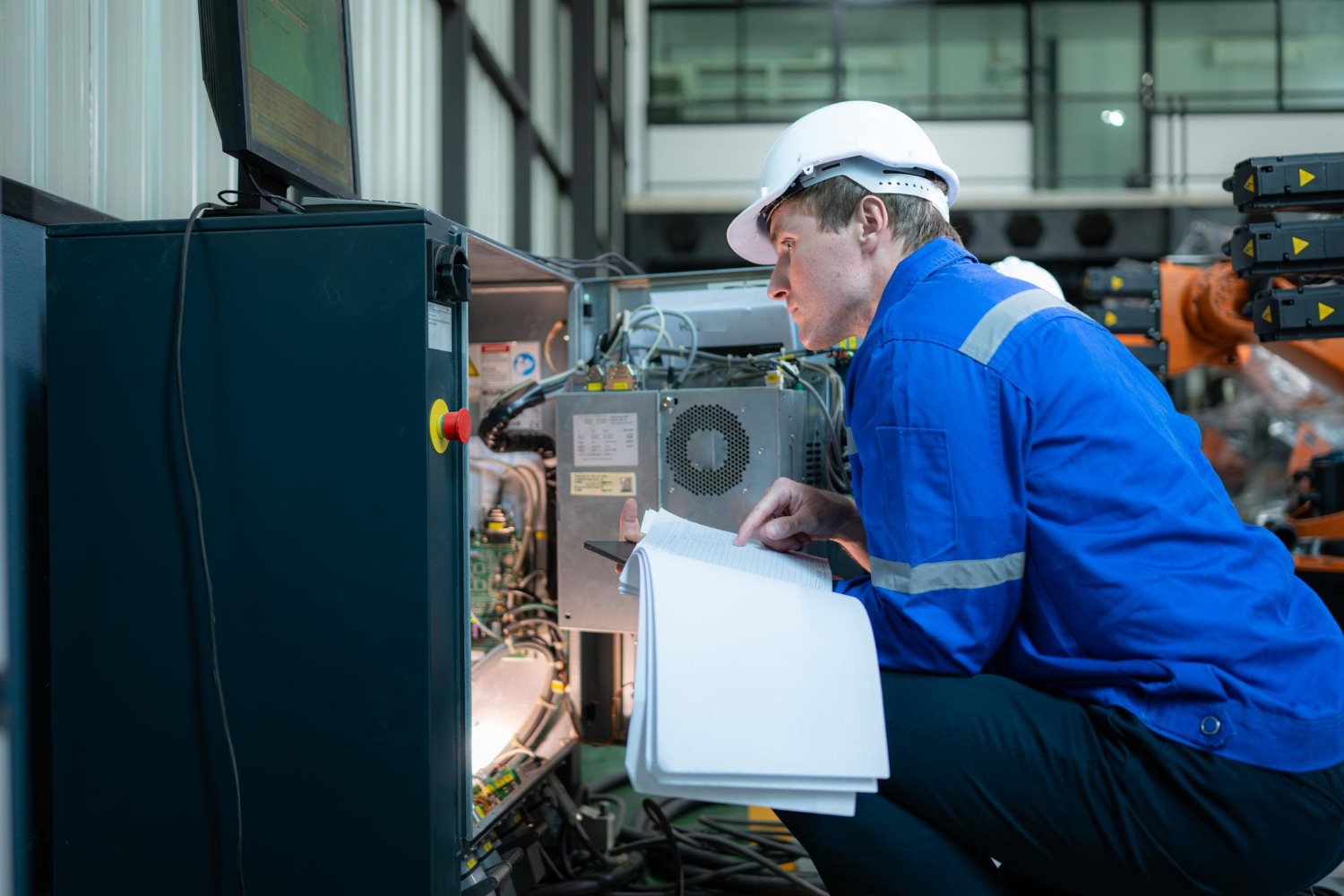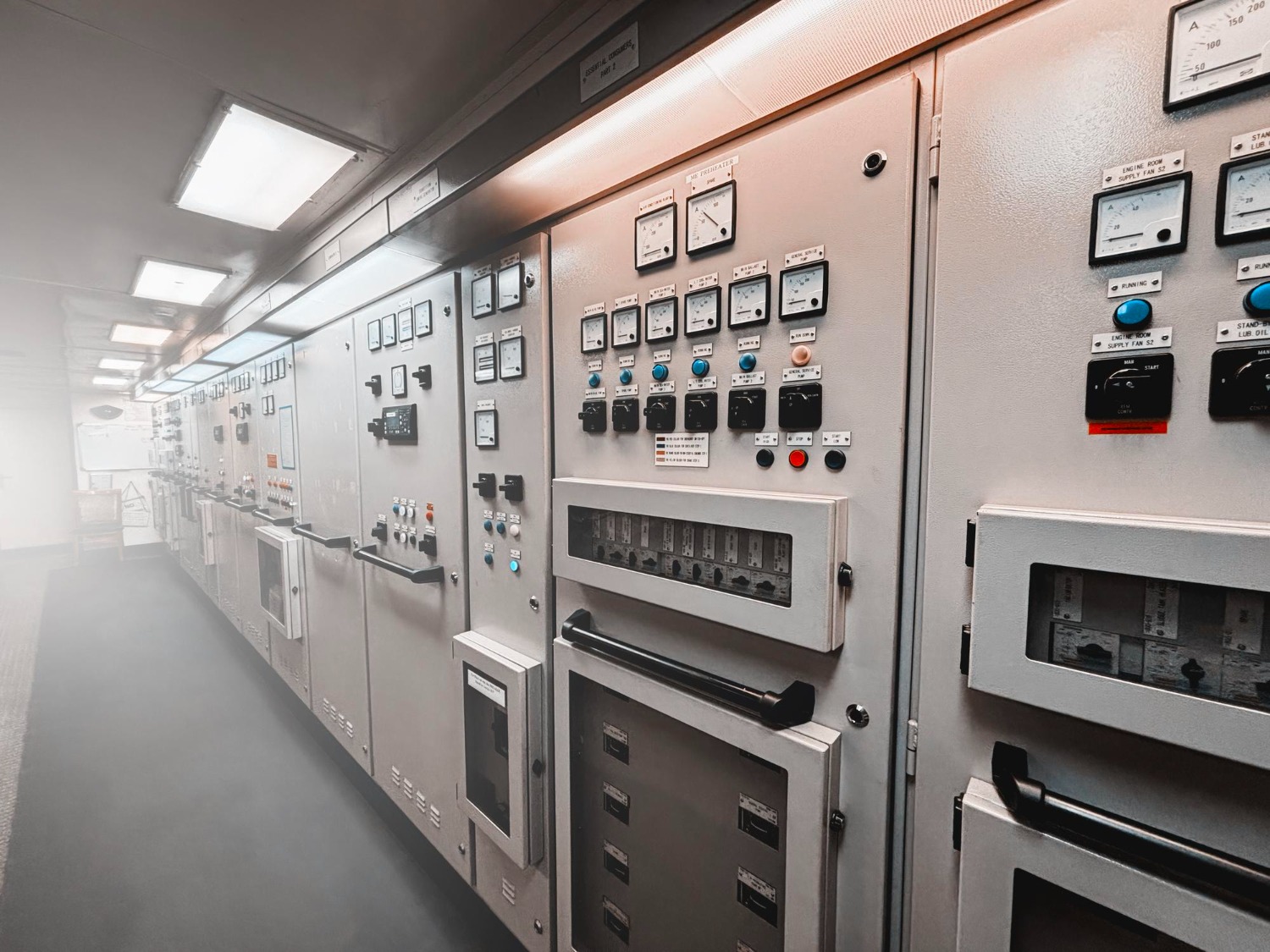
Difference Between AC and DC Drives: Which One Should You Choose for Your Application?
In today’s industrial automation landscape, electric drives are at the heart of every motion-control system — from rolling mills and conveyors to pumps and process lines. Selecting the right drive system is crucial for achieving efficiency, precision, and reliability.
Among the most common options available are AC drives and DC drives, each with its own advantages and applications.
In this blog, we’ll understand the key difference between AC and DC drives, their working principles, applications, and how Fuji Gemco’s advanced drive solutions can help you achieve higher productivity and energy savings.
What Are Electric Drives?
An electric drive is an automated system that controls the speed, torque, and direction of an electric motor. Drives help optimize power consumption, enhance process accuracy, and protect equipment from overloads.
Modern industries rely heavily on drives to maintain smooth operation across manufacturing processes, especially in steel rolling mills, paper plants, cement, sugar, and material-handling systems.
Understanding AC Drives
AC drives, also known as Variable Frequency Drives (VFDs) or Adjustable Speed Drives (ASDs), control the speed of AC motors by varying the frequency and voltage of the power supplied.
How AC Drives Work
AC drives convert incoming AC power to DC through a rectifier and then back to a controlled AC output using an inverter. By regulating frequency, the drive precisely controls motor speed and torque.
Key Features of Fuji Gemco AC Drives
- Energy-Efficient Operation: Reduces energy consumption by controlling motor speed according to load demand.
- Smooth Acceleration & Deceleration: Minimizes mechanical stress on motors and equipment.
- Precise Speed Control: Ideal for process-driven industries requiring variable speed operations.
- Built-in Protection & Diagnostics: Advanced monitoring for temperature, voltage, and current anomalies.
- Compatible with PLC/SCADA Systems: Seamless integration for automation and remote monitoring.
Explore Fuji Gemco’s complete range of AC Drives here: AC Drives
Understanding DC Drives
DC drives control the speed of DC motors by adjusting the voltage and current supplied to the armature and field windings. Despite the widespread adoption of AC drives, DC drives continue to play a critical role in applications requiring high torque at low speeds and fine speed control.
How DC Drives Work
A DC drive converts AC supply to DC using a converter (rectifier) and regulates the armature voltage to control motor speed. The torque is directly proportional to the armature current, providing smooth and accurate performance.
Key Features of Fuji Gemco DC Drives
- High Starting Torque: Perfect for heavy-duty applications like rolling mills and cranes.
- Wide Speed Range: Enables precise control from zero to maximum rated speed.
- Stable Operation Under Load Variations: Maintains consistent performance even under fluctuating loads.
- Proven Reliability: Rugged design built for industrial environments.
- Easy Maintenance: Simple construction and quick serviceability.
Learn more about Fuji Gemco’s DC Drives here: DC Drives
Key Differences Between AC and DC Drives
The difference between AC and DC drives lies mainly in how they control motor speed, their maintenance needs, and their application areas.
AC drives are designed to control AC induction or synchronous motors by adjusting the frequency and voltage of the supplied power. In contrast, DC drives control DC motors by regulating the armature voltage and field current.
In terms of speed control, AC drives achieve variable speeds by changing frequency, while DC drives adjust voltage to vary speed. AC drives are generally more energy-efficient, compact, and require less maintenance, since they don’t use brushes or commutators. DC drives, on the other hand, are known for providing high starting torque and excellent speed control at low speeds, which makes them ideal for heavy-duty applications like rolling mills, cranes, and hoists.
From a maintenance perspective, AC drives are more reliable for long-term operations because of their simple construction and fewer mechanical components. DC drives, however, require periodic servicing due to brush wear, but they remain easier to control in some older industrial setups.
When comparing efficiency and suitability, AC drives are now preferred in most new installations thanks to their integration with modern automation systems like PLCs and SCADA, while DC drives still perform best in legacy systems and high-torque applications.
In short, if your application demands energy savings, low maintenance, and smooth variable-speed control, an AC drive is the right choice. But if your process involves heavy loads, constant torque, or precise low-speed control, a DC drive from Fuji Gemco will deliver outstanding performance.
When to Choose AC Drives
AC drives are best suited for:
- Variable-speed applications requiring high energy efficiency.
- Process industries like cement, food, and packaging.
- HVAC and water-treatment systems where energy savings are critical.
- Modernization projects transitioning from DC to AC systems for improved efficiency and lower maintenance.
Fuji Gemco’s AC drive range offers precise speed control, seamless communication, and long-term reliability, making it ideal for industries seeking automation excellence.
When to Choose DC Drives
DC drives remain relevant in:
- Heavy-duty applications that need constant torque across wide speed ranges.
- Steel and metal processing, where frequent start-stop cycles and torque control are critical.
- Retrofit projects, where existing DC motors can be retained to reduce replacement costs.
Fuji Gemco provides robust DC drive solutions engineered for high-performance control, reliability, and easy integration with existing motor setups.
Advantages of AC Drives Over DC Drives
In recent years, AC drives have become the preferred choice for most new installations. Here’s why:
- Lower Maintenance: No brushes or commutators, leading to reduced downtime.
- Energy Efficiency: Variable-frequency control minimizes power wastage.
- Compact Design: Lighter and more compact than equivalent DC systems.
- Advanced Features: Digital communication, fault diagnostics, and energy monitoring.
- Better Suitability for Automation: AC drives integrate seamlessly with PLCs and SCADA systems for Industry 4.0 readiness.
However, DC drives still have their own niche advantages, particularly where precise torque control and simplicity are required.
Fuji Gemco – Engineering Precision and Reliability
With nearly four decades of experience in industrial automation and a strong technical collaboration with Fuji Electric, Japan, Fuji Gemco is one of India’s leading manufacturers of AC and DC Drives for Rolling Mills and other process industries.
Our drives are engineered for Indian conditions, delivering:
- Superior performance and durability in harsh industrial environments.
- Custom-built control systems tailored to your process requirements.
- Expert technical support and commissioning services across India through Fuji Electric’s nationwide network of offices.
Whether you’re planning a new installation or upgrading an existing system, our AC and DC drives can help you achieve higher efficiency, reduced energy costs, and improved control.
Conclusion
The difference between AC and DC drives primarily lies in their power source, control mechanism, and applications.
While AC drives are the modern standard for energy-efficient, low-maintenance solutions, DC drives continue to serve where high torque and simplicity are paramount.
At Fuji Gemco, we provide end-to-end drive solutions — from design and manufacturing to installation and after-sales support — ensuring you always have the right technology for your application.
Explore our products today:


